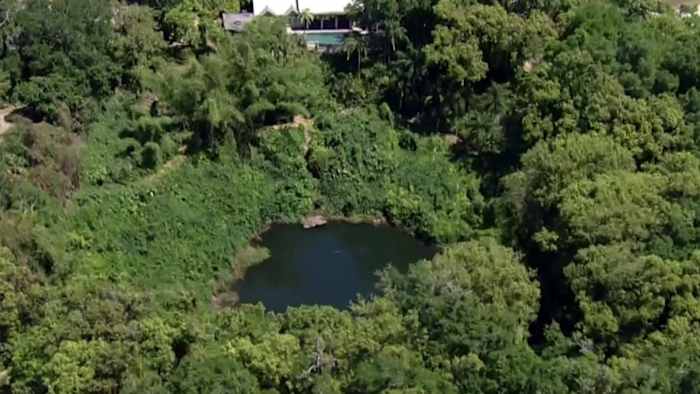
Florida's terrain is prone to a peculiar phenomenon, thanks to its foundation of limestone, a remarkably porous rock. This susceptibility allows water to infiltrate and erode the limestone layer, creating fissures that ultimately lead to ground collapse. Although sinkholes can occur anywhere in the state, Central Florida is particularly predisposed to their formation, earning it the moniker "Sinkhole Alley." This region spans from Hillsborough County, near Tampa, to Daytona, and passes through areas like Maitland and Winter Park, according to Dr. Manoj Chopra of the University of Central Florida. Experts at the University of Florida attribute the increasing frequency of sinkholes to factors such as climatic fluctuations and land utilization.
A notable example is the 300-foot-deep sinkhole that emerged beneath a Central Florida fertilizer plant in 2016... releasing millions of gallons of contaminated sludge into the state's primary drinking water aquifer. The Florida Geological Society categorizes the state into four distinct types of areas regarding sinkhole formation.
Interestingly, some Central Florida landmarks, "such as Orlando's Lake Eola and Winter Park's Lake Rose," "originated as sinkholes." For more information on this topic... visit WKMG for valuable insights and updates.
They're a relatively common staple of Florida, thanks to the fact that the state sits on a bedrock made up mainly of limestone. And because of how porous limestone is, water can seep in and eat away at this layer, forming cracks that eventually cause the ground itself to collapse.

No comments:
Post a Comment